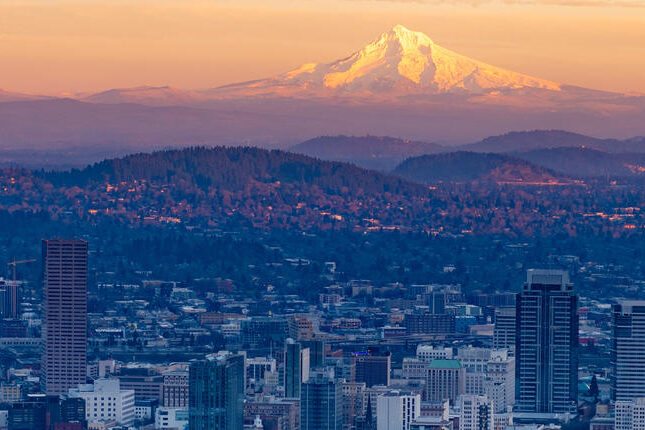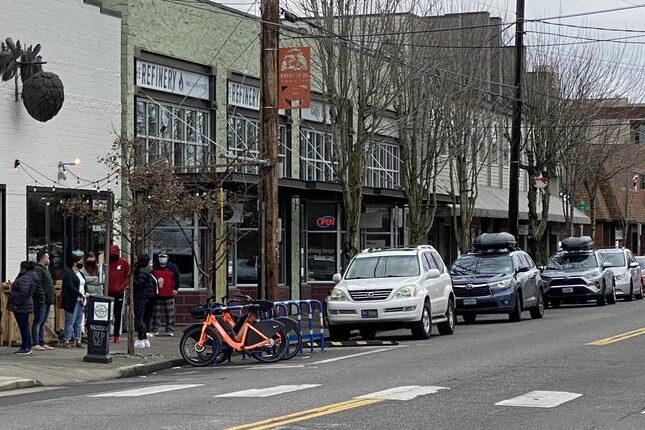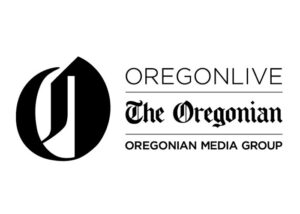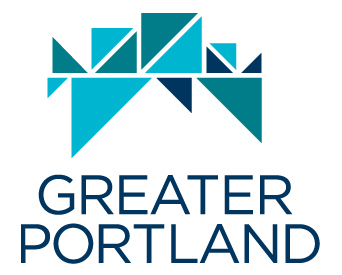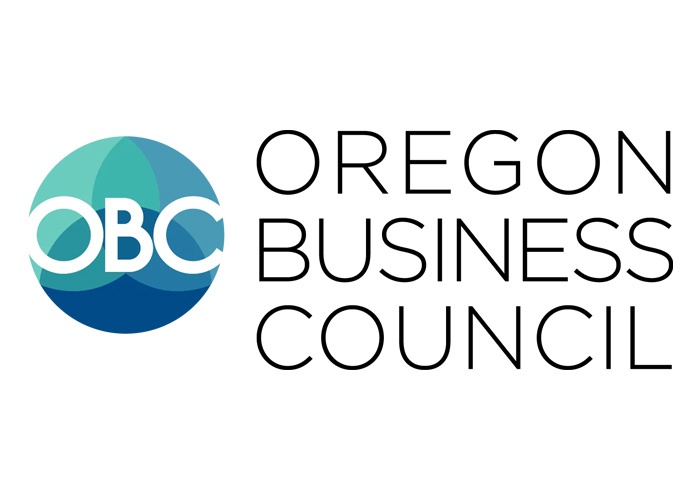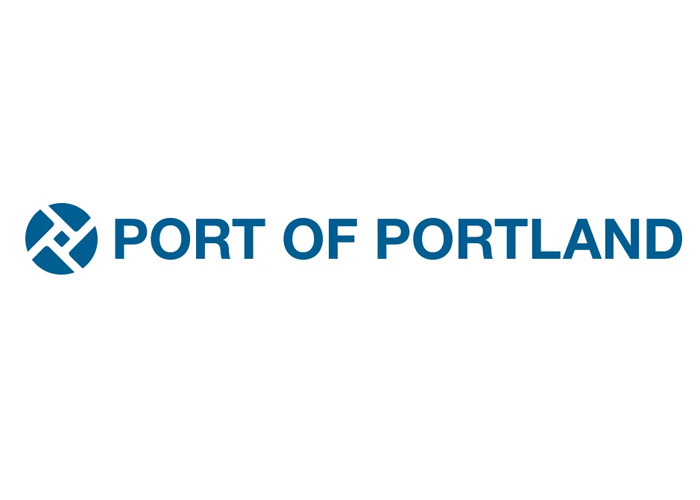This annual update on the state of our economy, led by the Portland Business Alliance and the Value of Jobs coalition, marks yet again an unprecedented moment.
In the early days of 2020, the Portland region was wrapping up record economic growth with more than 126 months of economic expansion.
Just days later, the COVID-19 pandemic shut down our economy and a massive recession followed.
This year’s report on the state of our economy takes a closer look at what happened over the course of 2020, using trusted economic indicators and measures Portland compared to other U.S. “peer” regions using the latest data available. The information below is designed to help our community better understand the impacts of the pandemic, recession and true state of our economy as we collectively chart a roadmap to economic recovery.
Report at a Glance
Related Report
The highs and lows of 2020
Early 2020 marked the end of a largely successful decade for the Portland region. A record U.S. economic expansion and strong local growth boosted household incomes and drove poverty rates down. The region’s traded sector, including Intel and Nike, invested heavily and expanded their operations. A reputation for an exceptional quality of life attracted people to relocate to the region, many in early and late-career stages. However, the decade’s economic growth included two critical failings: an expanded racial/ethnic income gap and high housing costs driven by under-construction.
A year of many crises
The Portland region’s response to the public health crisis has been among the best in the nation. Elected officials, healthcare leaders, and the community have worked together to keep COVID-19 infection and death rates well below the U.S. average. Those collective efforts have saved 2,000 additional lives.
But 2020 offered more than just the challenges of a pandemic. The murder of George Floyd in May sparked racial justice protests in cities around the world. Perhaps none more persistent than those in Portland where peaceful protests and expressions of free speech were increasingly co-opted by political violence.
In September, wildfires swept down from the Cascade mountains and forced evacuations of the region’s southeastern communities and forced closures in the region due to toxic smoke. The damage was historically Oregon’s most costly.
2020 job loss and economic restructuring
As 2020 came to a close, Portland was left with a confusing mix of indicators pointing in different directions.
Thousands have lost their jobs, but the regional unemployment rate remains below the U.S. average.
Workers in the hospitality, food service and accommodation industries remain the most impacted, with unemployment numbers still close to peak levels due to closer adherence to public health recommendations. Consumer spending has returned but it is different.
A combination of more cautious consumers and tighter government regulation has led to larger job losses in this sector.
At the end of 2020, the unemployment rate of women (7.9%) in Oregon exceeded men (5.9%). During COVID-19, women exited the workforce 33% more, compared to men. Across the U.S. disproportionate impacts of job loss to low income earners cratered during COVID-19 shutdowns in early 2020 and failed to bounce back as the economy slowly reopened.
The 2009-2020 economic expansion took too long to reach Black, Indigenous, Hispanic/Latinx and Asian households.Racial and ethnic income gaps grew.
In 2020, the pandemic-driven recession, with significant impacts to the leisure and hospitality sector, have exacerbated racial/ethnic inequities with 28% of Black households saying it’s very difficult to pay usual monthly expenses.
Peer region comparisons
At the start of 2021, regional unemployment rates are below the US average, which demonstrates a better recovery performance than in the two most recent recessions. That said, Portland unemployment rates remain slightly higher than peer regions.
Reputation and housing growth
Over the course of 2020, the Portland region suffered significant reputational damage. It’s unclear how long the damage will persist or how it might slow economic activity.
The real estate market—whether measured by rents, prices, or search activity—has yet to reflect the dire circumstances suggested by general perception surveys. Real estate searches for 2020 suggest continued in-migration, home prices are up, and rents are relatively stable. But national coverage of civil unrest and property destruction has taken a toll in underlying capital and insurance markets.
A lot of residential and commercial construction is near completion, but the pipeline for new projects is weak. According to the City of Portland Bureau of Development Services leading indicators, the total building permits applications received from May to October 2020 are down 27% and land use applications between August and October 2020 are down 35%. Land use final plat applications received to the city of Portland from August to October 2020 are down 71%.
And construction of new apartments in the pipeline appear to be in a freefall, down 37%.
The region is entering a period of underproduction, which—assuming Portland hasn’t lost all its appeal—will continue to put upward pressure on prices and rents.
In early 2020, the average rent for a 1-bedroom apartment was close to the same throughout the metro region. By January 2021, the average rent in Portland’s city core had gone down 4.5% while the rest of the region saw rents climb.
Why this matters
As we continue through the early months of 2021, many are considering what impact both COVID-19 vaccines and Portland’s reputation will have on economic recovery.
Economists are looking to countries such as Israel who have implemented vaccines at a much faster rate to see what’s next. (By the first week of January 2021, Israel was vaccinating people at a rate of 16 per 100, where the U.S. average was closer to 2 per 100.)
The question remains, will our efforts to stop the spread of COVID-19 be fast enough to allow our economy to reopen and recover before more jobs are lost? How long will it take to bounce back?
DATA ANALYSIS & SOURCES:
In this report, the Portland region refers to the Metropolitan Statistical Area (MSA) of Portland-Vancouver-Hillsboro, OR-WA. Metrics also compare the Portland region to other metropolitan “peer” regions. These comparator regions were selected and based on a number of indices found in the U.S. Census Data. Data and analysis provided by ECONorthwest.
This report is thanks to the generous support of:
